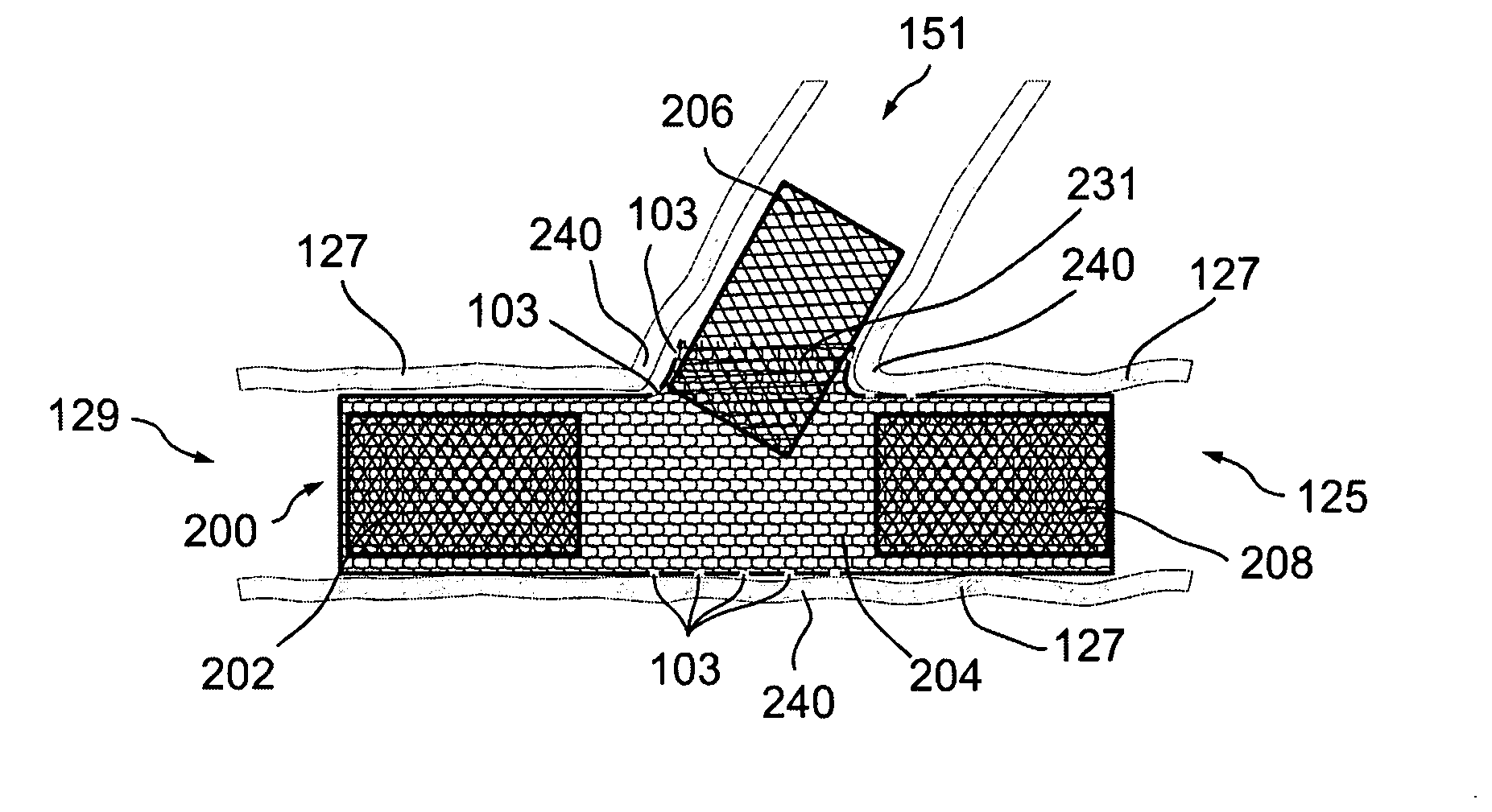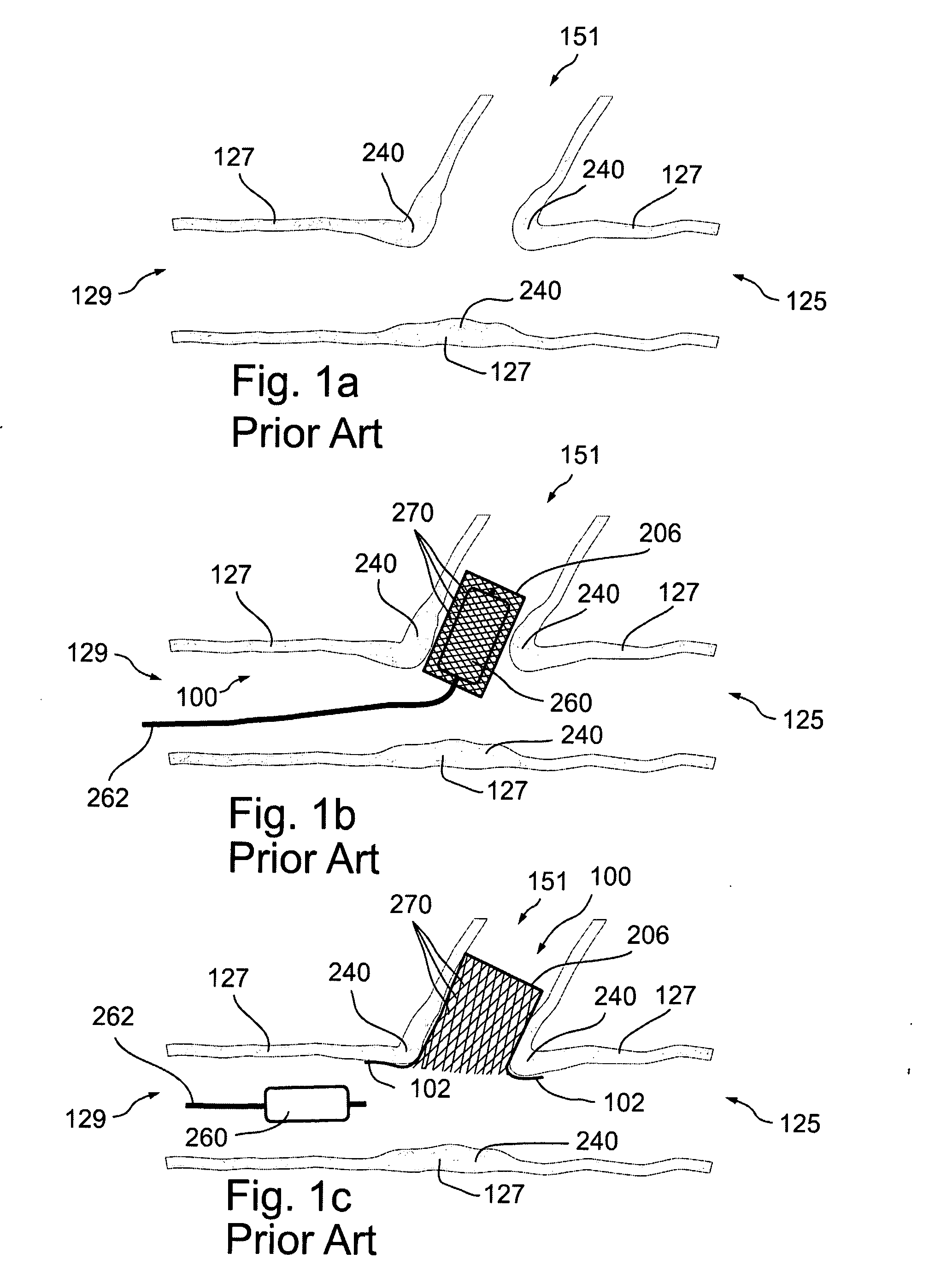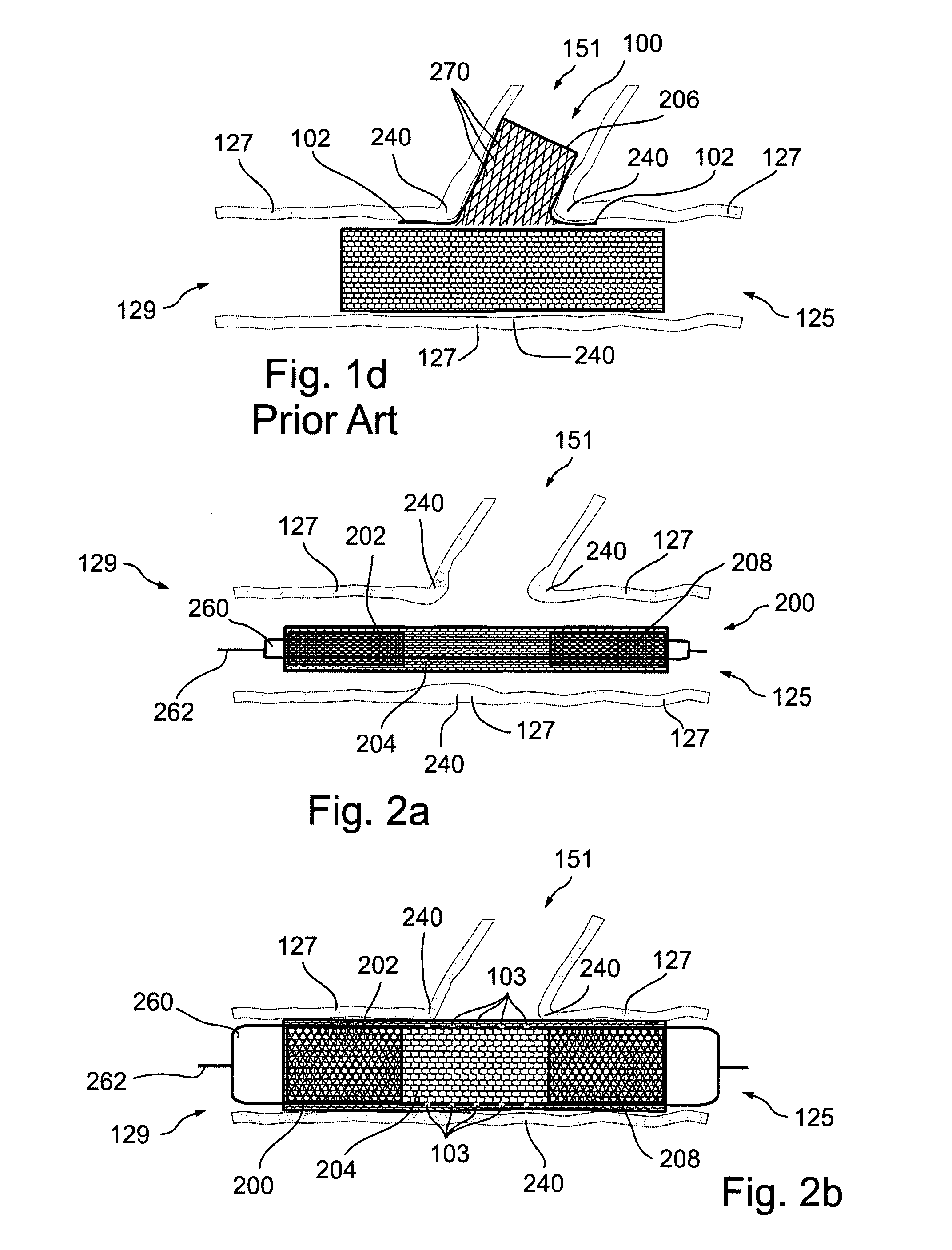Bifurcated stent assemblies
a stent and stent technology, applied in the field of stent assemblies, can solve the problems of compromising either the branch vessel or the parent vessel, severe problems of stents, and increased early complications, and achieves the effects of minimal amount of metal bulk, and easy positioning
- Summary
- Abstract
- Description
- Claims
- Application Information
AI Technical Summary
Benefits of technology
Problems solved by technology
Method used
Image
Examples
Embodiment Construction
[0128]The present invention, which relates to stent assemblies configured for assembling in bifurcating vessels, is herein described, by way of example only, with reference to the accompanying drawings. The principles and operation of the present invention may be better understood with reference to the drawings and accompanying descriptions.
[0129]Before explaining at least one embodiment of the invention in detail, it is to be understood that the invention is not limited in its application to the details of construction and the arrangement of the components set forth in the following description or illustrated in the drawings. The invention is capable of other embodiments or of being practiced or carried out in various ways. Also, it is to be understood that the phraseology and terminology employed herein is for the purpose of description and should not be regarded as limiting.
[0130]Referring now to the drawings:
[0131]In FIG. 1a, arteries 127 form an upper branch vessel lumen 151, a...
PUM
 Login to View More
Login to View More Abstract
Description
Claims
Application Information
 Login to View More
Login to View More - R&D
- Intellectual Property
- Life Sciences
- Materials
- Tech Scout
- Unparalleled Data Quality
- Higher Quality Content
- 60% Fewer Hallucinations
Browse by: Latest US Patents, China's latest patents, Technical Efficacy Thesaurus, Application Domain, Technology Topic, Popular Technical Reports.
© 2025 PatSnap. All rights reserved.Legal|Privacy policy|Modern Slavery Act Transparency Statement|Sitemap|About US| Contact US: help@patsnap.com



